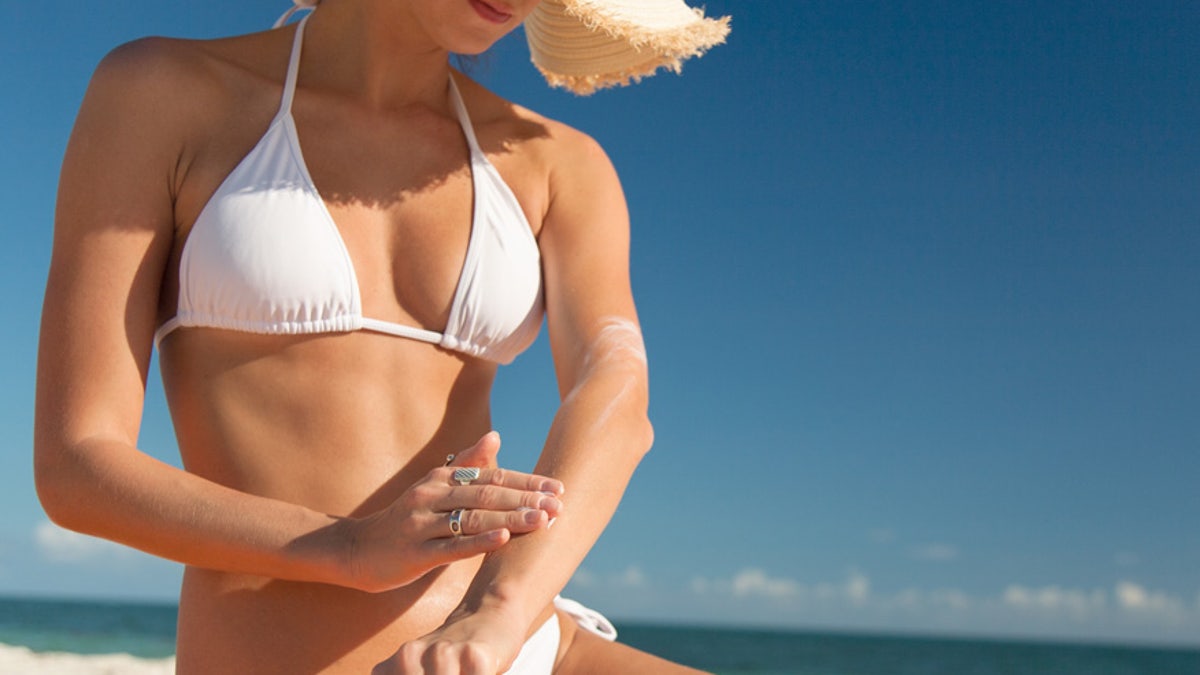
(iStock)
Sunscreen may be good for your skin, but some kinds are not necessarily the best for the environment
Last month, Will Espero, a Hawaiian state senator, proposed a bill that would ban the sale of chemical sunscreens containing oxybenzone and octinoxate across the islands. Prescriptions for the sunscreen would be allowed.
Why? A ton of sunscreen winds up in the global coral reef system every year — 14,000 tons, to be exact — and research indicates that oxybenzone can lead to coral bleaching. Some studies suggest one drop is even enough to damage the reefs.
More From Conde Nast Traveler
To those who know the underwater world well, this isn’t new news. Many divers are warned to steer clear of chemical sunscreens — when we swim, after all, lotion can bleed off onto the reefs.
According to Hawaii's Department of Land and Natural Resources, "researchers have found oxybenzone concentrations in some Hawaiian waters at more than 30 times the level considered safe for corals."
The beaches of Maui, specifically, have already suffered the consequences, reports Scientific American.
Of course, the bill isn’t a suggestion to skip SPF on the sunny beaches of Hawaii. After all, there are two kinds of sunblock: Chemical blockers use ingredients like oxybenzone and octinoxate to absorb UV radiation from the sun, preventing it from causing damage. But physical (or mineral) sunscreens, with ingredients like titanium dioxide and zinc oxide, block UVA and UVB rays from ever reaching your skin; and the National Park Service says these have not been found to harm the reefs.
Even better: Dermatologists agree that physical blocks are gentler on your skin. Good for you, good for the environment, and no painful sunburns in sight? We’d say that’s a win-win(-win).
